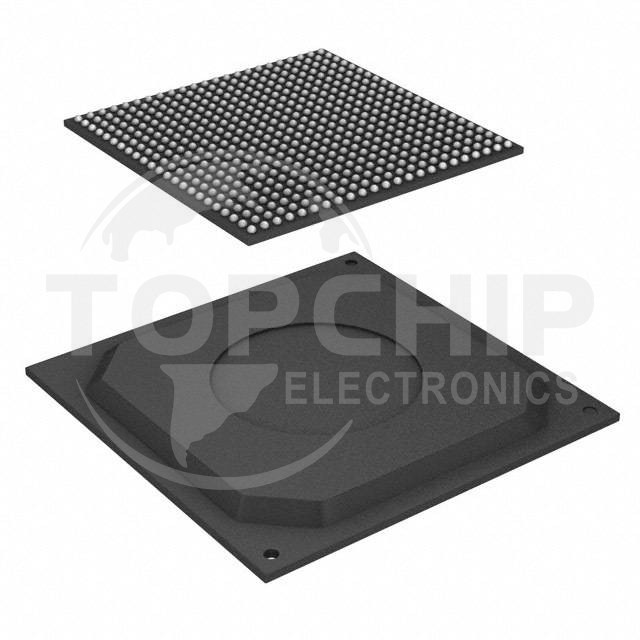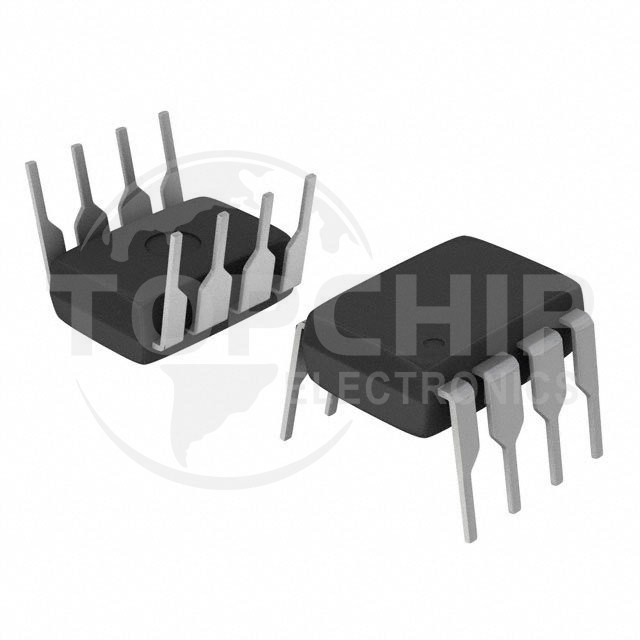In the rapidly advancing world of technology, smart glasses are an innovative blend of augmented reality and computing capabilities. They seamlessly integrate digital data with the physical world and provide users with features like real-time navigation, health monitoring, and instant translations. This fascinating invention is made possible through an array of key electronic components, which we will explore in this article.
1. The Microprocessor: Smart Glasses' Brainpower

The microprocessor is essentially the brains behind smart glasses, responsible for executing various computational tasks. It typically consists of an SoC (System-on-Chip) featuring a CPU (central processing unit), GPU (graphics processing unit), and DSP (digital signal processor). Advanced models often use low-power, multi-core ARM-based chips that efficiently handle multiple tasks simultaneously, from data processing to intricate image rendering.
2. Memory: Keeping Data Handy

Smart glasses must have both volatile (RAM) and non-volatile (flash) memory types. RAM ensures real-time processing, enabling quick access to relevant data for the CPU. Flash memory, on the other hand, stores essential components like the operating system, apps, and user data. Due to their compact structure and energy efficiency, memory modules in smart glasses are commonly of LPDDR (low power double data rate) and eMMC (embedded multi-media card) or UFS (Universal Flash Storage) varieties.
3. Display: Digital Vision
The display is a crucial component in smart glasses that projects digital information directly within the user's field of vision. Utilized display types include OLED (Organic Light Emitting Diode), LCOS (Liquid Crystal on Silicon), or DLP (Digital Light Processing). These displays are characterized by high-resolution imagery and efficient power consumption. Optics like waveguides or beam splitters are employed for projecting images into one's view of the physical world.
4. Battery: Powering Your Smart Glasses
Powering smart glasses requires a lightweight battery with an optimal energy efficiency-to-size ratio. Lithium Polymer (Li-Po) batteries, known for their compactness and lightweight structure, are commonly used to provide the electric charge to run your device. These rechargeable batteries have a relatively high energy density and generally last for several hours before needing a recharge.
5. Sensors: Gathering Real-World Data
Smart glasses gather external data through sensors that detect and measure various physical parameters. These sensors might include accelerometers, gyroscopes, magnetometers, and Geomagnetic Rotation Vector (GRV) sensors, which deliver information about orientation, motion, and heading. Additional sensors, like ambient light detectors, microphones, heart rate monitors, and GPS receivers, work together to provide users with relevant data based on their environment and activities.
6. Wireless Connectivity: Linking Your World
For seamless synchronization with other devices, like smartphones and computers, smart glasses must be equipped with wireless communication modules. Bluetooth, Wi-Fi, and NFC (Near Field Communication) are typical wireless technologies incorporated into smart glasses. These technologies facilitate the exchange of data and ensure the glasses stay connected to the internet for real-time content updates and data access.
7. Cameras and Projectors: Capturing and Sharing the Visual World
Smart glasses often feature integrated cameras and projectors, enabling photo and video capture, facial recognition, and object identification. High-resolution cameras are used to recognize objects or capture information, while miniature projectors help overlay images or videos onto the user's field of view. These two components often work in tandem, allowing users to share images and videos from their glasses in real-time.
To summarize, smart glasses successfully integrate cutting-edge technology into a wearable platform, effectively fusing augmented reality and computing capabilities together. These innovative devices rely on a combination of advanced electronic components, such as microprocessors, memory, displays, batteries, sensors, wireless connectivity, and cameras. As technology continues to evolve, we can expect further refinement in these components, ultimately leading to even more powerful and compact smart glasses for users to enjoy.
We are the professional distributor of electronic components, providing a large variety of products to save you a lot of time, effort, and cost with our efficient self-customized service. careful order preparation fast delivery service。
Email:[email protected]


